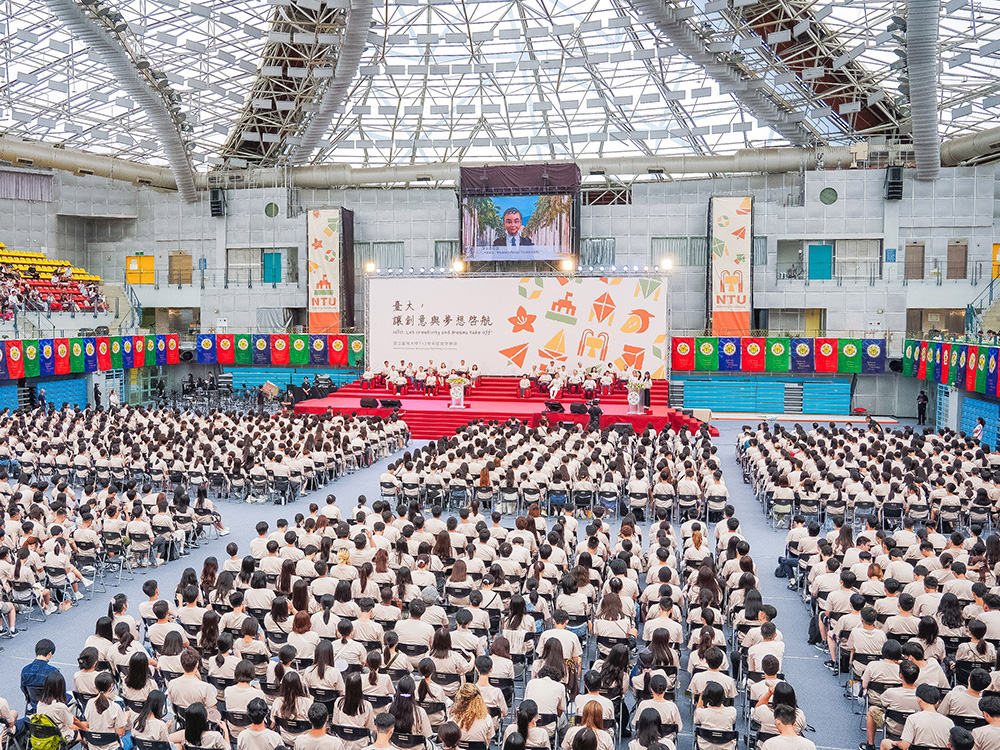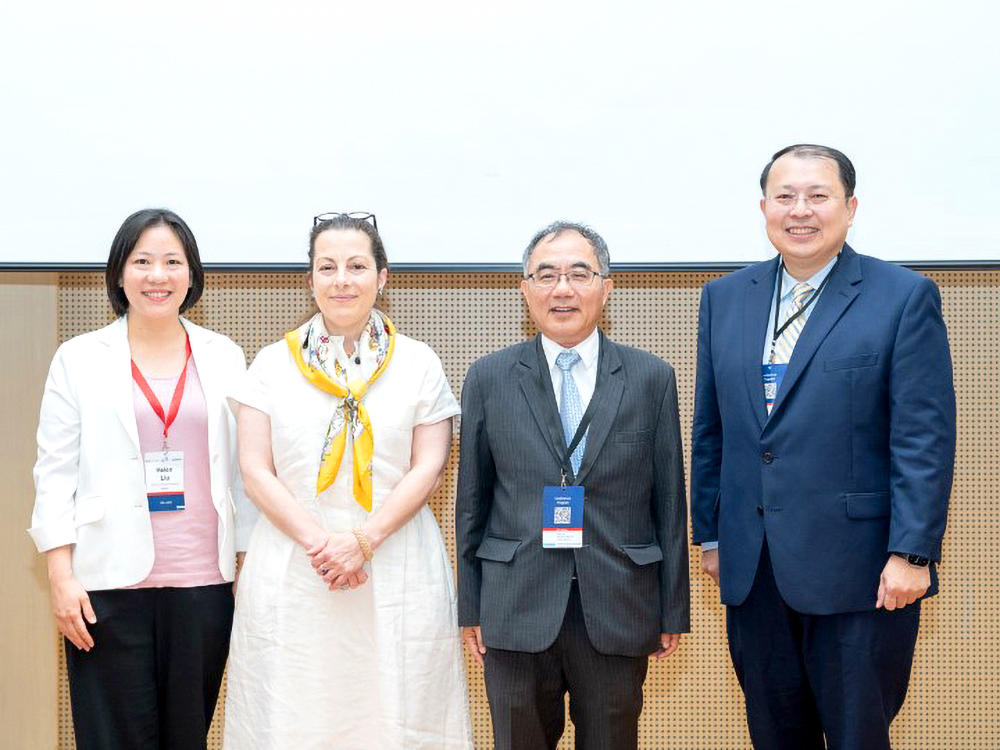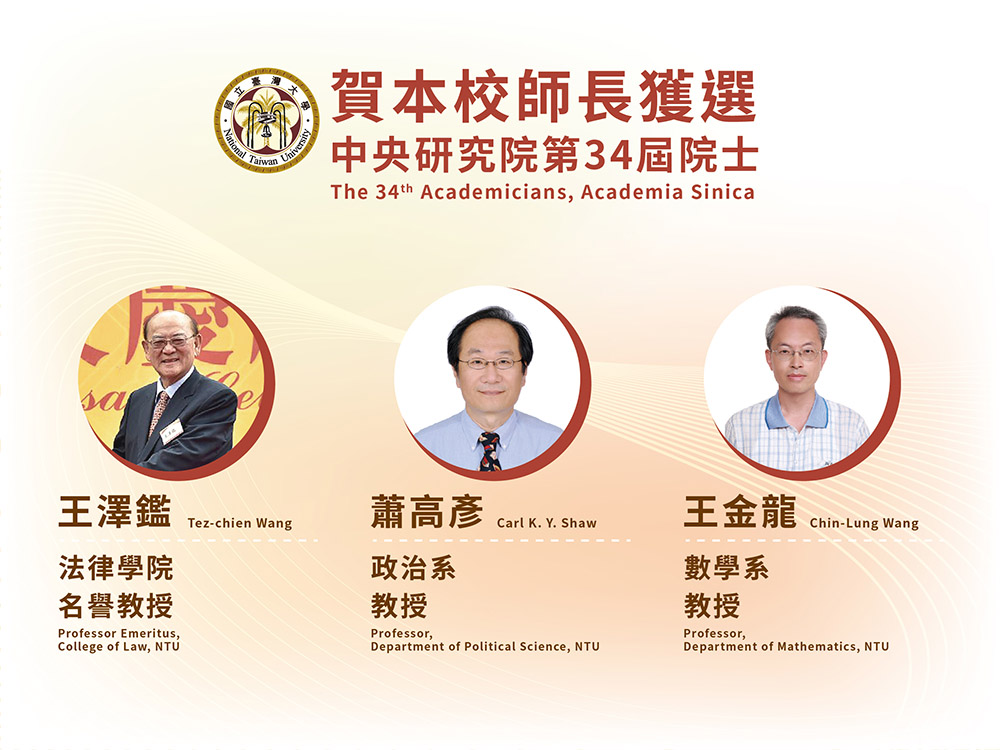
NTU Opening Ceremony: “Where Creativity and Dreams Take Flight”
瀏覽器版本過舊,或未開啟 javascript
請更新瀏覽器或啟用 javascript
Spotlights
Applying a strategy of platinum metal coordinated by more π electron-conjugated, planarized ligand to facilitate self-assembly and replacement of C-H hydrogen atom of the ligand by deuterium, the exciton-vibration coupling has been drastically reduced. As a result, the highly intense near IR 1000 nm emission can be obtained, having an internal quantum yield of 21%, and an external quantum yield of 4.2% in OLED, both of which are world records.
The research team led by Professor Pi-Tai Chou from the Department of Chemistry successfully broke through the world record of strong organic light emission to 1000 nanometers. This outstanding research result was officially published on October 10, 2022 in the top journal Nature Photonics.
The near-infrared (NIR) wavelength range of 1000-1700 nm is commonly known as the second infrared region (NIR(II)). It can pass through skin tissue and blood vessels for deep imaging detection; in addition, because of less absorption loss, it is also an important wavelength range for optical fiber technology in information transmission. If the NIR(II) emitting materials are to be considered for more general applications in the future, organic molecular materials with great synthetic versatility are the best choice. However, the corresponding development has long been limited by the "energy gap law", that is, when the energy difference between the excited and ground states of an organic molecule is lower, the excitons-vibration coupling will be stronger, causing the relaxation of excitons to the ground state in terms of heat.
In order to overcome this barrier, Professor Chou's team started from the theoretical basis in 2017, mulling that if the coupling is an inevitable law, then whether other methods can be used to effectively reduce the coupling strength of the excitons/vibrations of organic materials in the NIR(II) region. Through the collaboration with Professor Chi Yun of National Tsinghua University, Professor Hong Wen Yi of Ocean University, and Dr. Chuang Wei-Tsung of National Synchrotron Radiation Center, the work published in the journal Nature Photonics this time applies a strategy of platinum metal coordinated by more p electron-conjugated, planarized ligand to facilitate self-assembly, reducing the exciton-vibration coupling. This, together with the replacement of C-H hydrogen atoms in the ligand with deuterium to further reduce the contribution from exciton-high frequency vibration coupling, successfully breaks through the shackles of the energy gap law, achieving the 1000 nm emission with an internal quantum yield of 21%, and an external quantum yield of 4.2% in OLED, both of which are world records.
Click the link to read the journal article: https://www.nature.com/articles/s41566-022-01079-8

NTU Opening Ceremony: “Where Creativity and Dreams Take Flight”

Prof. Wei-Shiung Yang wins MOE National Excellent Teacher Award

NTU College of Public Health's Global Health Program Joins the Association of Schools of Public Health in the European Region

NTU hosts a successful dg.o 2024

Congratulations to NTU faculty members elected as 34th AS academicians
Current Spotlights